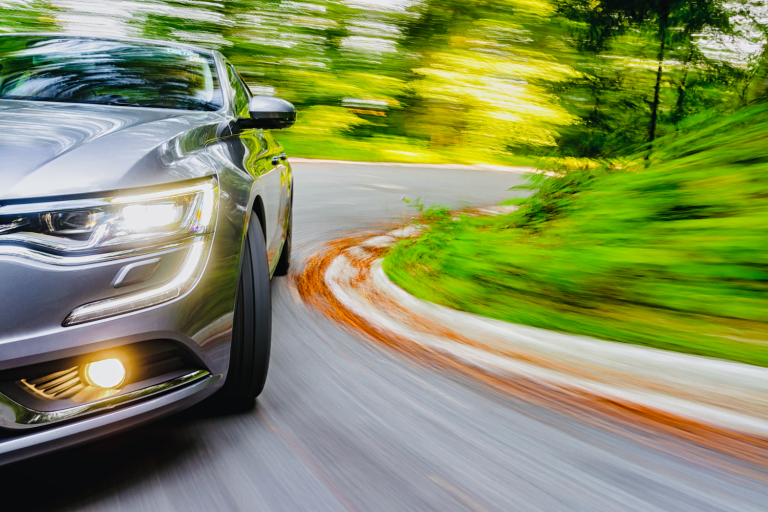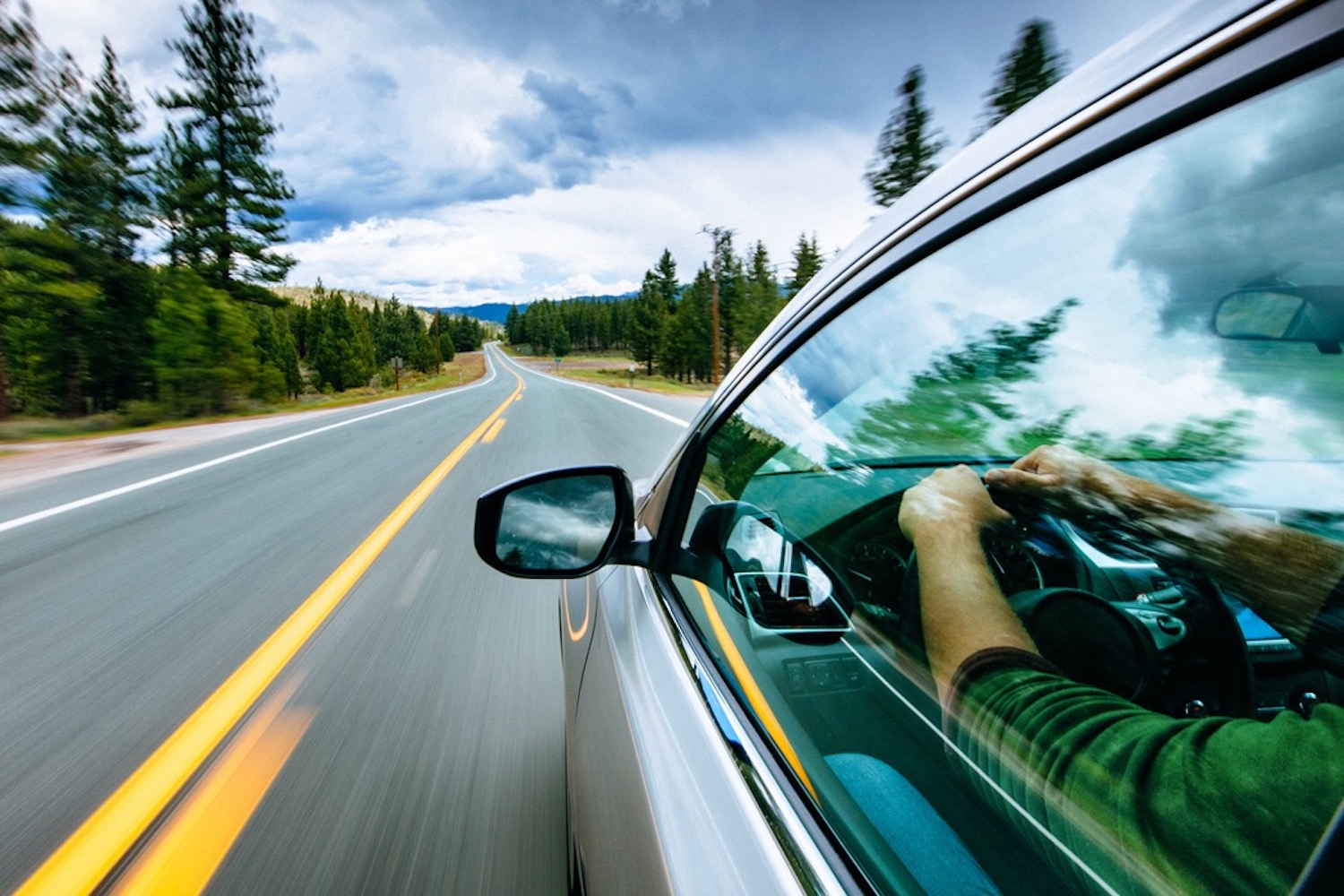Get ahead with ISA: No speed limit sign? No problem.

Speed limit signs are no longer enough. This summer, intelligent speed assistance (ISA) will redefine road safety across the EU.
Next week, a new EU regulation will require all new passenger vehicles to be equipped with intelligent speed assistance (ISA) systems. The initiative is part of the long-term “Vision Zero" project which aims to bring the number of on-road crashes close to nil by 2050, and ISA will play a big part in reaching that goal.
The biggest advantage of ISA lies in its ability to accurately identify speed limits even when road signs cannot by gathering data from many different sources and filling in information gaps. The system then uses visual and audio alerts to raise the driver's awareness of speed limits and reduce the risk of crossing them.
But what is it that makes ISA so valuable to road safety?
Do you know the different types of speed limits? |
| Explicit speed limits are indicated on signs that display a specific speed limit value in the local unit (ie, km/h or mph) |
| Implicit speed limits must be identified through various sources, such as signs, road types, road infrastructure or markings |
| Conditional speed limits are speed limits with a specific condition attached, ranging from weather conditions or time of day, usually expressed below the explicit speed limit sign |
| Temporary speed limits are speed limits with limited validity such as construction sights, and might not be explicitly posted anywhere |
| Variable speed limits are usually indicated either by electronic LED displays or adaptable signs that show changing speed limit values based on defined conditions. |
Knowing when you are speeding can be a tricky task. Road signs are often unreliable sources of information and sometimes lack it altogether.
In France, for instance, driving in the rain lowers the usual 130km/h limit to 110km/h. These are called conditional speed limits and aren't usually displayed. Another example is variable speed limits which adapt to changing conditions on the road.
By enabling accurate speed limit detection, ISA helps original equipment manufacturers (OEMs) improve the safety of automated driving features and reduce the number of road incidents. But will a safer future mean slower journeys? Not necessarily.
What it will mean is improved speed limit awareness but given that the system can be switched off at any point, the driver will maintain full control of the vehicle's speed. The only requirement is that ISA is activated when the car starts. After that, it's up to the driver.
8 out of 9 major automakers choose HERE ISA Map to support EU Intelligent Speed Assistance (ISA) mandate. |
Knowing the speed limit even when signs don't
To keep the driver informed throughout their journeys, all ISA systems must have an accurate and regularly updated record of speed limits from all over the EU. And that's not an easy task. To achieve this, ISA relies on a combination of camera recognition and location technology to guarantee that the drivers are educated about speed limits no matter which route they choose.
To collect all this information, ISA relies partly on cameras, but using that method alone can be a challenging task and needs support from a map-based product provided by location technology. Simply put, combining various sources of data that include camera recognition and location technology ensures ISA knows the speed limit — even when signs don't.

Are speed limit signs about to become a thing of the past?
Safer roads, greener planet
While saving lives is ISA's main goal, it introduces additional benefits. Apart from being safer, sticking to the speed limit also means fewer speeding tickets for drivers. And because ISA predicts speed limit changes as early as 500m in advance, it optimizes the car's speed for energy and engine efficiency — meaning less fuel consumption, more money in your pocket and less CO2 in the atmosphere.
Sounds promising, doesn't it? And this is just the beginning.
Additional obligatory safety systems to complement ISA from 2022 |
| Autonomous emergency braking (AEB) uses radar, laser, or video to prevent (or at least minimize) front and rear crashes on roads. It prepares the brakes or activates them if the driver isn't reacting in time to avoid a collision. |
| Emergency lane-keeping systems (ELKS) are designed to help drivers stay in their designated lanes or within the limits of roads, helping avoid collisions and reduce the number of crashes. |
| Driver drowsiness and attention warning systems will help drivers keep their eyes open and on the road, helping to prevent them from falling asleep at the wheel and reducing the number of on-road incidents. |
Is ISA enough?
Apart from ISA, the new regulation will introduce three other in-vehicle safety technologies OEMs will have to become familiar with to pass the rigorous EU safety assessments. Vehicles will have to demonstrate an overall excellent performance in crash protection and prove that they are well equipped with comprehensive and robust crash avoidance technology.
As we slowly approach the kickoff date of the latest EU road safety regulation, it looks like there's more to look forward to than sunny weather. The new ISA-driven regulation is promising to take road safety across the EU to a whole new level, and we are excited to see how it delivers.
Will this be the end of relying on road signs for speed limits? Only time will tell.
Sign up for our newsletter
Why sign up:
- Latest offers and discounts
- Tailored content delivered weekly
- Exclusive events
- One click to unsubscribe


